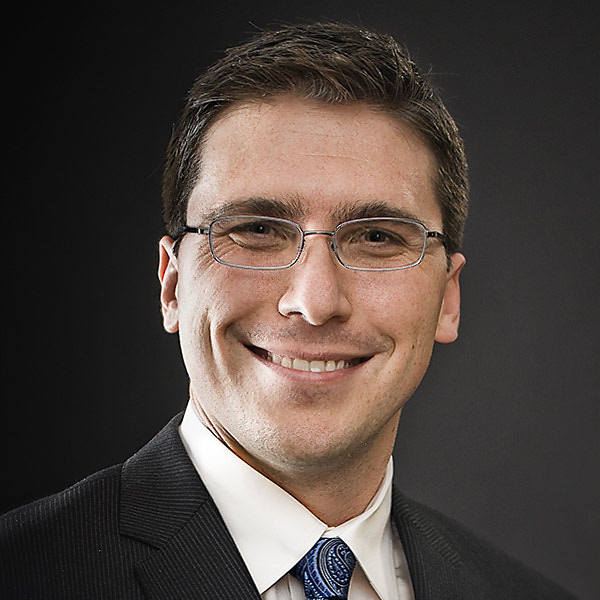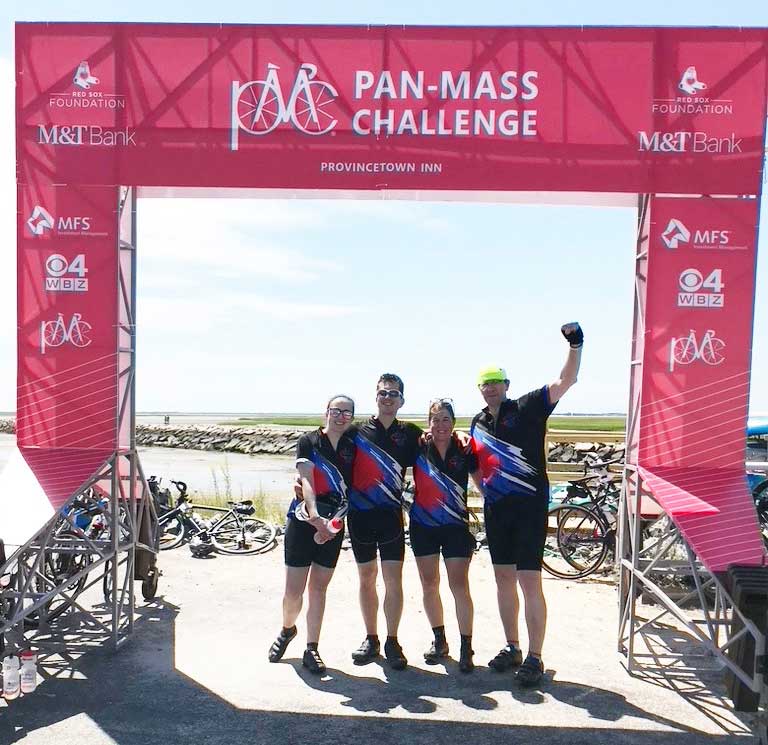-
- Find Care
-
- Visitor Information
- Find a Location
- Shuttles
- Visitor Policies
-
-
- Our Virtual Care Options
- Virtual Urgent Care
- Virtual Visits for Primary & Specialty Care
- Online Second Opinions
- Participate in Research
-
- Contact us
-
- For Innovators
- Commercialization Guide for Innovators
-
-
- Research News
- Alzheimer's Disease
- Artificial Intelligence
-
- Overview
-
- Overview
- Getting Started
- New to Mass General Brigham
- International Patient Services
- What Is Patient Gateway?
- Planning Your Visit
- Find a Doctor (opens link in new tab)
- Appointments
- Patient Resources
- Health & Wellness
- Flu, COVID-19, & RSV
- Billing & Insurance
- Financial Assistance
- Medicare and MassHealth ACOs
- Participate in Research
- Educational Resources
- Visitor Information
- Find a Location
- Shuttles
- Visitor Policies
- Find Care
-
- Overview
- Our Virtual Care Options
- Virtual Urgent Care
- Virtual Visits for Primary & Specialty Care
- Online Second Opinions
-
- Overview
- Participate in Research
-
- Overview
- About Innovation
- About
- Team
- News
- For Industry
- Venture Capital and Investments
- World Medical Innovation Forum (opens link in new tab)
- Featured Licensing Opportunities
- For Innovators
- Commercialization Guide for Innovators
- Contact us
-
- Overview
- Information for Researchers
- Compliance Office
- Research Cores
- Clinical Trials
- Advisory Services
- Featured Research
- Two Centuries of Breakthroughs
- Advances in Motion (opens link in new tab)
- Brigham on a Mission (opens link in new tab)
- Gene and Cell Therapy Institute
- Research News
- Alzheimer's Disease
- Artificial Intelligence
-
- Overview
-
- Overview
- Residency & fellowship programs
- Brigham and Women's Hospital
- Massachusetts General Hospital
- Mass Eye and Ear
- Newton-Wellesley Hospital
- Salem Hospital
- Integrated Mass General Brigham Programs
- Centers of Expertise
- Global & Community Health
- Health Policy & Management
- Healthcare Quality & Patient Safey
- Medical Education
- For trainees
- Prospective trainees
- Incoming trainees
- Current trainees
- Continuing Professional Development
Dr. Aster’s Story: Hip Replacement Surgery Recovery

Saturday, November 12, 2021, was an unusually beautiful day. A heavy Friday-night rainstorm gave way to a calmer, more comfortable weekend. And like many other athletes, Jon C. Aster, MD, PhD, was using this break in late-fall weather to log a few miles on his bike.
Dr. Aster is a Mass General Brigham pathologist. He is both the deputy chair of Pathology and the chief of Hematopathology at Brigham and Women’s Hospital and Brigham and Women’s Faulkner Hospital. And he’s an experienced cyclist.
But that Saturday, Dr. Aster had an accident. He lost control of his bike on a sharp curve, landed on his left side, and broke his hip. He needed a hip replacement and a hip replacement surgery recovery plan to get back to his life—and to his bike.
Michael J. Weaver, MD, is an orthopaedic surgeon at Mass General Brigham and the chief of orthopaedic trauma at Brigham and Women’s Hospital. He performed Dr. Aster’s hip replacement and, alongside a multidisciplinary team of experts, helped Dr. Aster complete over 165 miles in a cycling event the following summer.
In this story, Drs. Aster and Weaver discuss this fateful accident and explore the success of Dr. Aster’s hip replacement surgery recovery.
A traumatic biking accident
Dr. Aster had set out on the road that day with caution on his mind. “It had rained the night before, and a lot of leaves had come down,” he says. “The bike path was very slippery—which I knew. I was going very slow because of that. Nevertheless, I wasn’t careful enough. I came down on my left hip and realized at once that something bad had happened.”
Thanks to the help of nearby bikers who saw the accident, Dr. Aster took an ambulance to a local emergency room (ER), where he learned he had fractured his left hip. That evening, he received a nerve block and a bed in the Orthopaedic Trauma Service at Brigham and Women’s Hospital.
“There are multiple layers to the orthopaedic trauma team,” explains Dr. Weaver. “We have trauma faculty, a fellow, a series of residents at different levels, physician’s assistants, and a nursing team.”
“But our team is even bigger than that,” he continues. “We collaborate with emergency room doctors and with anesthetists. Depending on the needs of the patient, our team might include experts such as geriatricians to support elderly patients. We collaborate with general surgeons for more severe injuries, and plastic surgeons and vascular surgeons for limb-threatening and/or facial emergencies. Really, our team stretches across the hospital.”
Hip replacement surgery recovery
Dr. Aster met Dr. Weaver the morning of his procedure. “Dr. Weaver explained the approach he was going to use for my hip replacement,” says Dr. Aster. “I knew he was a real expert—and knowing he had done many of these kinds of procedures before was reassuring.”
As soon as Dr. Aster came to after surgery, he saw that things were looking up.
“I woke up gratifyingly pain free. My leg was still numb from the nerve block, but over the course of the next 24 hours that wore off—and I was still in much less pain than I thought I would be. In fact, after the operation, I had no opiates at all. I had no morphine. Acetaminophen was sufficient to control the pain.”
Dr. Aster was able to return home the next day. Before he was discharged, he was already connected with a team of physical therapists through Mass General Brigham Home Care. “After I got home and got comfortable moving around, physical therapists came in. They gave me a set of instructions for things I could do in bed or in a chair to strengthen various muscles. After a few weeks, my team decided I didn’t need home care anymore. I could see a local physical therapist. And I finally threw my cane away around Christmas.”
Dr. Aster continued along a strong path to recovery. “By springtime, when the weather got better, I felt good enough to get back on my bike,” he says. “It took a while, and a lot of physical therapy, to get my strength back.”
A short hip replacement surgery recovery time like Dr. Aster’s is the result of many factors, including the surgery itself, the patient’s age and physical health, and commitment to physical medicine and rehabilitation care. “You have to take control of your own recovery,” says Dr. Weaver. “Your physical therapist isn’t going to make you any better on their own. You must see your goal and drive to it.”
Finishing bike-a-thon after hip replacement surgery recovery

Contributor

